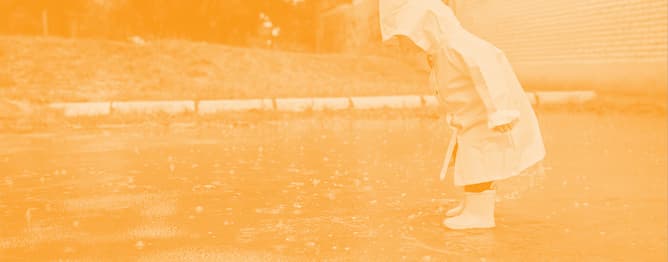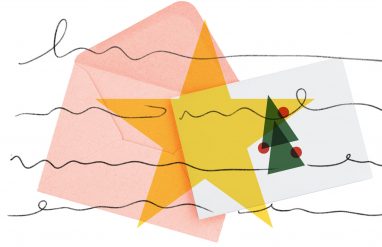Looking for ways to get your elementary student to write more?
We’ve compiled a variety of writing activities for elementary-aged children to practice their writing skills within 6 themes including poetry, weather, and space. Prompt your child to try one of these writing activities the next time they are bored or asking to watch more TV. Hopefully it will occupy them for a whole 10 minutes!
Writing poems
Spark your child’s interest in poetry with this poetry writing activity appropriate for kids in Grades 1–4.
- Have your kids create a list of words that rhyme (a list of 10 is best).
- Have them write a poem using all 10 words. It’s OK if it doesn’t make sense. You can also write the poem for them if they aren’t able to write it all on their own.
- Direct your child to draw a picture that illustrates what is happening in their poem.
- Ask them who they wrote the poem for. Have them draw a picture of that person (or thing) as well.
- Have your child write a new list of words, any 10 words (they don’t have to rhyme). Ask your child to write a similar poem to the one they did above, but using the non-rhyming words now.
- Read the poem and ask your child if they like it without the rhymes. Explain that poems can be either rhyming or non-rhyming (also called “free verse“), depending on the type of poem and the author’s preference.
Writing about weather
Teach your child about weather words while also working on their writing skills. Win-win.
- Ask your child to write a story in the Thesaurus.com Writing Tool based on one of these prompts:
- Severe weather, such as a tornado or hurricane, is headed in your direction. What do you do to prepare?
- A young kid has superpowers that control the weather. They’ve tried to keep it a secret, but a friend finds out. Write what happens next.
- What happens when a rainstorm ends and the sun comes out? Describe what you see, hear, smell, and feel.
- For more ideas, check out this page of writing prompts!
- Have your child read this slideshow about more weather words and to watch the video in the slideshow. Encourage them to look up the meaning of any unfamiliar words on Dictionary.com.
- Family news hour! Imagine that your family hosts a daily news show. Write a script for the day’s weather report, using a variety of scientific vocabulary. Visit Thesaurus.com to find descriptive weather words. Then perform and record your news broadcast.
Writing with adjectives
Teach your child about adjectives and how they make sentences more descriptive and more interesting with this fun cloud activity.
- Adjective cloud writing. Take a piece of construction paper (blue preferably) and put white paint in center. Have your child help squeeze the paint out.
- Fold the paper in half, really squish it together. Open the paper to see your cloud.
- On the bottom of your cloud paper (or on another piece of paper), write “This is a _______ cloud.” (Examples: large, turtle, rainbow.)
- Ask your kid to brainstorm what they think their cloud looks like. (Tip: outlining the cloud shape with a black marker might help.)
- Then, have your child write out as many words they can think of that describe their cloud. Or help them write the words in the blank if needed.
Writing about space
All kids love space, right? Incorporate these space-themed writing prompts and activities in your child’s daily writing practice to spice it up.
- Ask your child to write a story in the Thesaurus.com Writing Tool based on one of these prompts:
- It is far in the future, and humans now live on the moon. What is it like?
- You find out that the new kid in your neighborhood is actually a Martian. What do you do?
- How would it feel to ride on a spaceship? Describe what you see, hear, smell, and feel.
- For more ideas, check out this page of writing prompts!
- Have your child read a biography about a famous astronaut like Sally Ride, then write a timeline of their life and accomplishments. Encourage them to look up the meaning of any unfamiliar words on Dictionary.com.
- Ask your child what their “favorite” planet is? Have them write and illustrate a brochure listing key facts about it. (Help them with research, as needed.)
- And then … In this collaborative story-telling activity, each participant contributes a section that builds on the section before it. The story can follow a traditional plot, or you can encourage family members to get silly. Anything goes!
-
- Assign one adult to be the writer. Begin with a simple story starter, such as, “I sat in the pilot’s seat as the shuttle launched into space.”
- Beginning with the phrase And then, have the next person take over telling the story.
- Continue the story until one participant says “The End,” or the story comes to a natural conclusion.
- Have the writer read aloud the whole story!
Write out or type the story and illustrate it together. Or display your acting skills by turning your story into a play or a movie! Allow your child to be the director, and use props, sets, and costumes to make the story come to life.
Writing a story
Help spark your child’s creativity by turning their ideas about their family into a story about their life.
- Have your child draw a picture of someone in your family. Then, ask them to write one sentence about them. (For example: “My mom is nice.”)
- Have them do this for every member of your family, including pets!
- Put all the pages together to make a book about your family. Explain that by writing a sentence about each family member, they’ve created a story that tells others about their family and how it is unique.
Writing and spelling
- Shaving cream spelling. A little planning may be necessary before starting this challenge, especially when coming up with a list of age-appropriate words.
- Cover a cookie sheet or tabletop in shaving cream (make sure it won’t damage the surface—we don’t want you to hate us!).
- Have kids spell the words from your list using their fingers to write in the shaving cream.
- After each word, they can “erase” the letters and start over again.


















